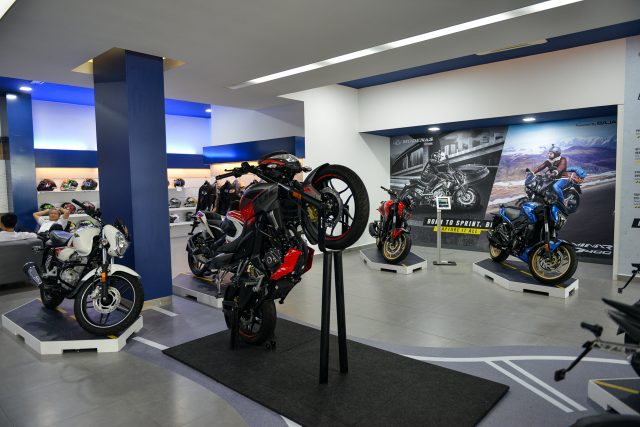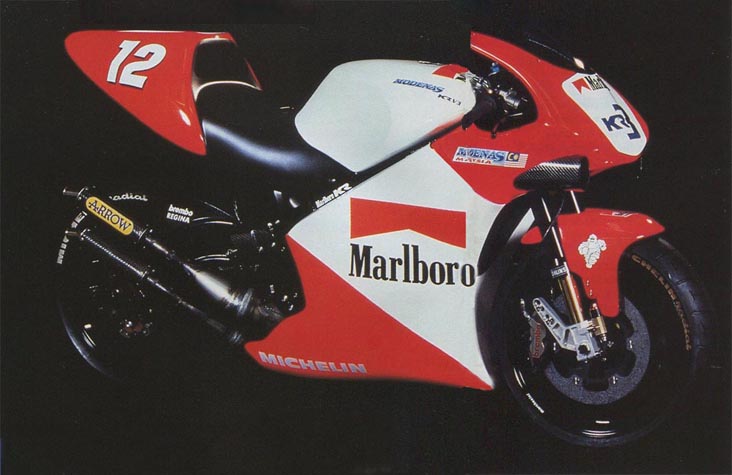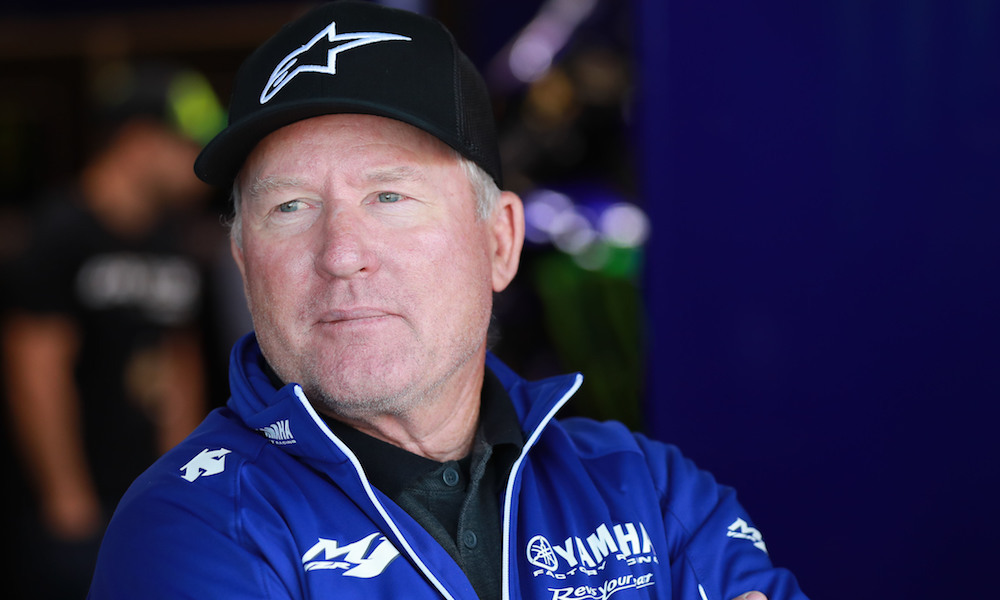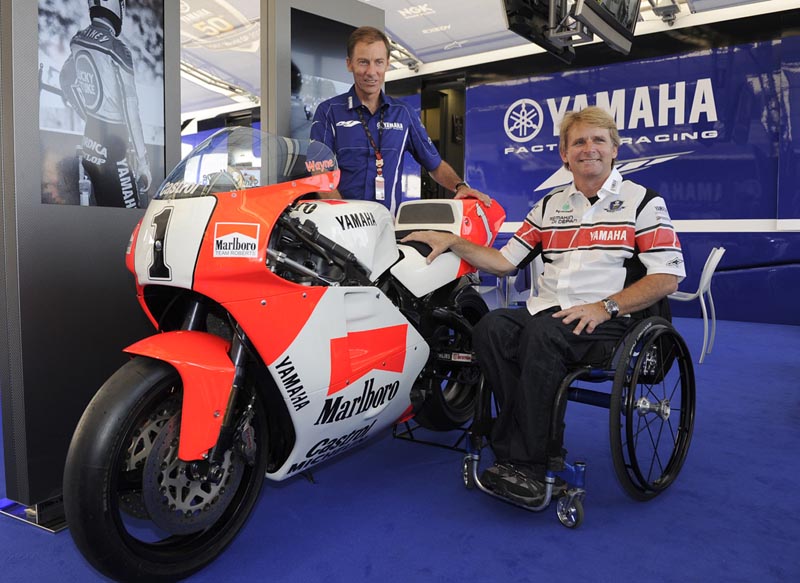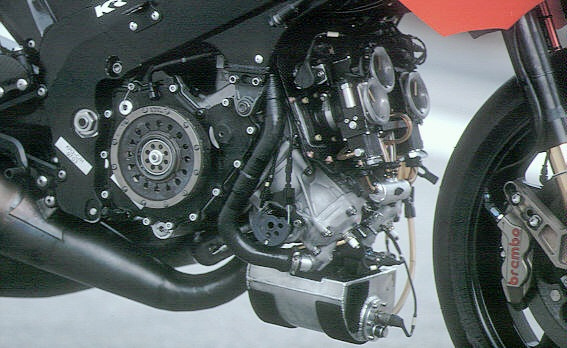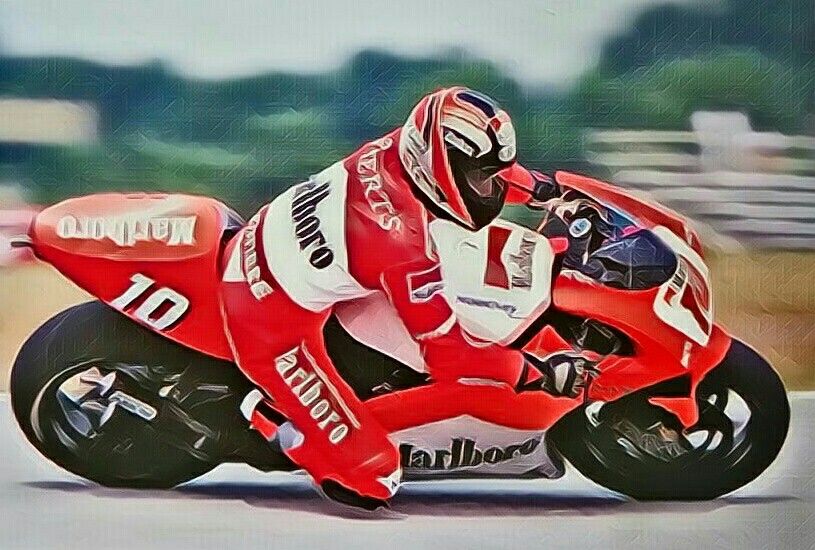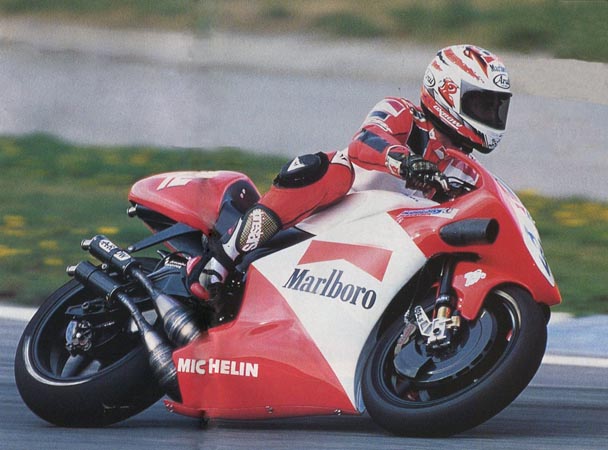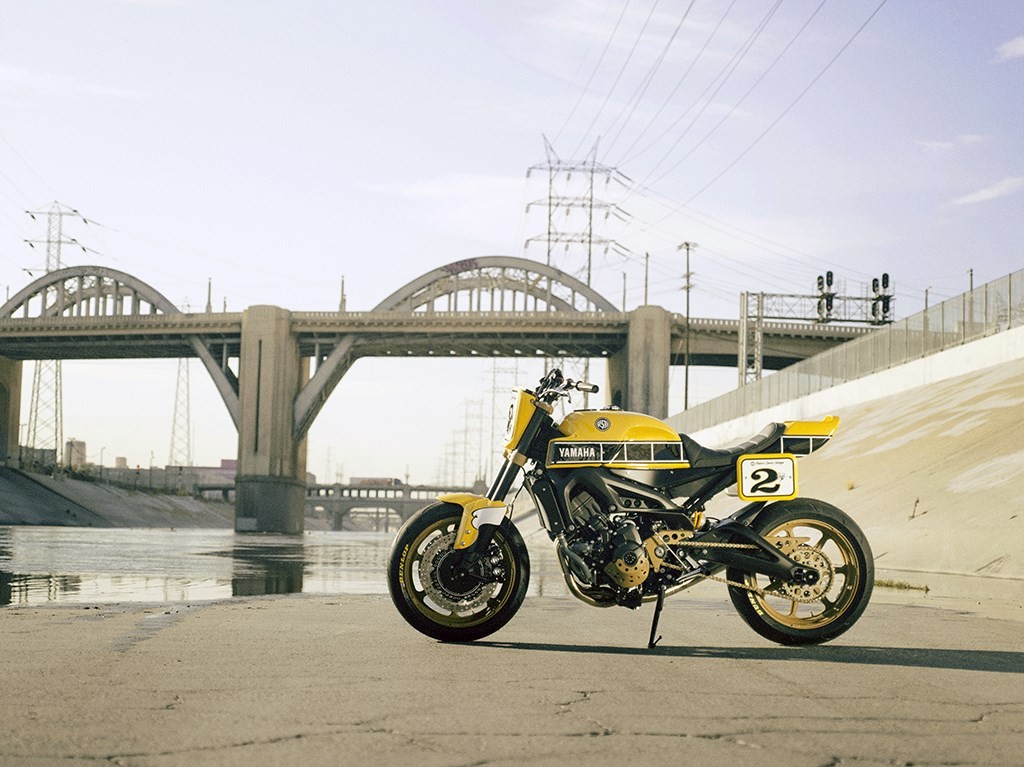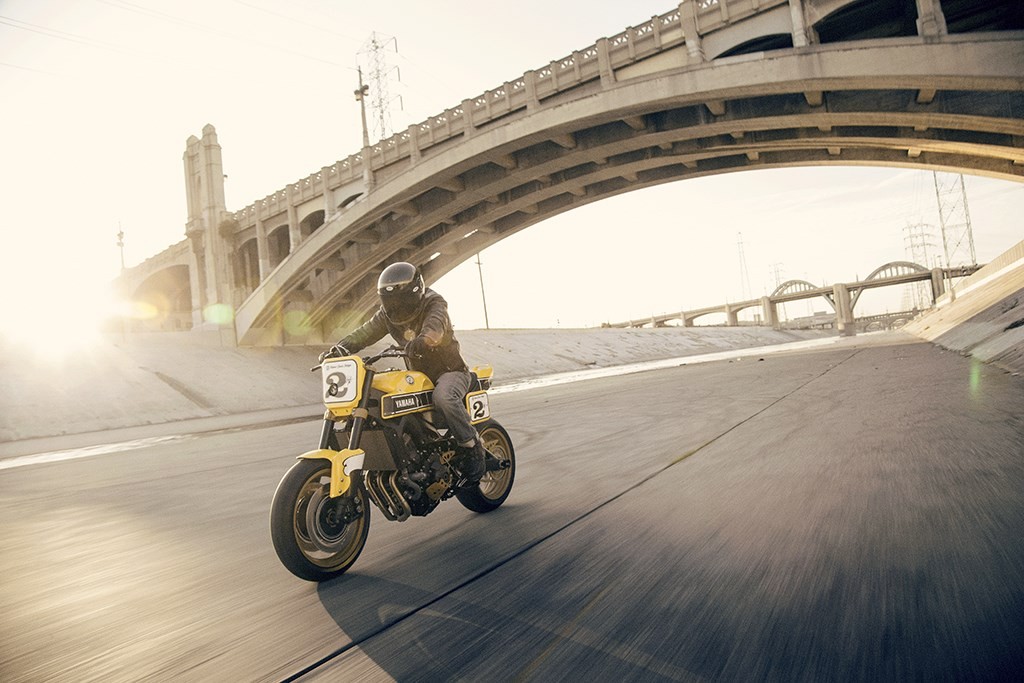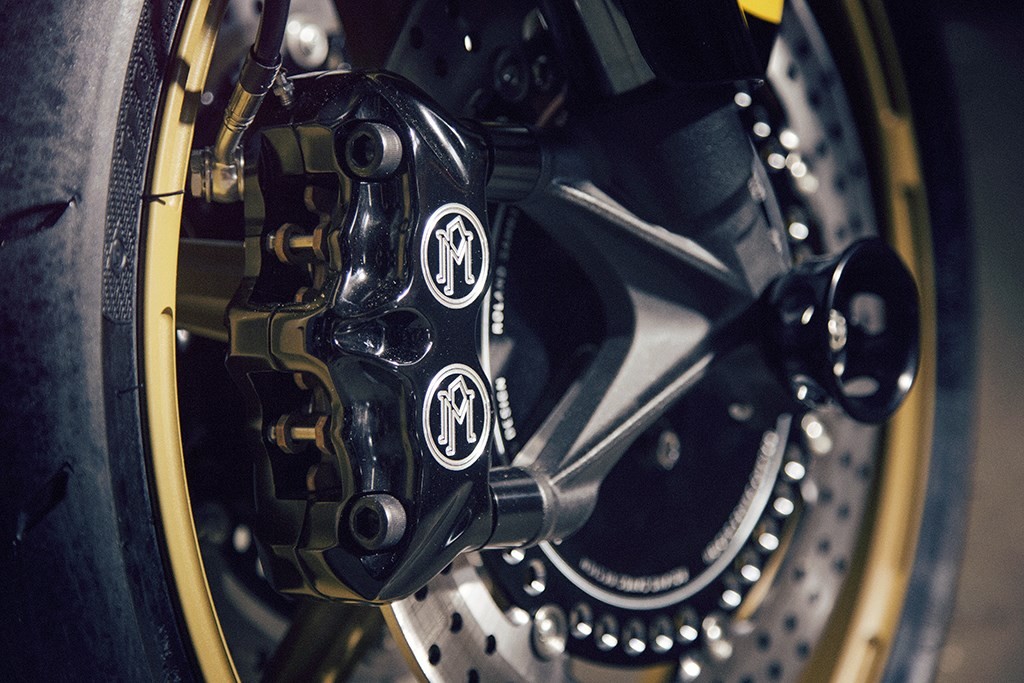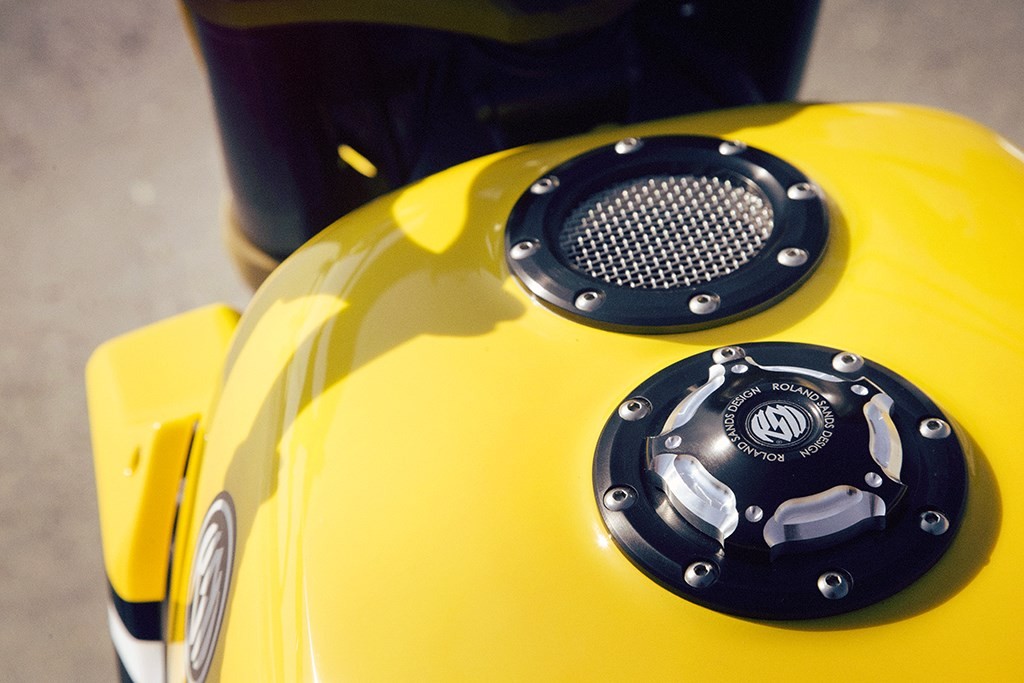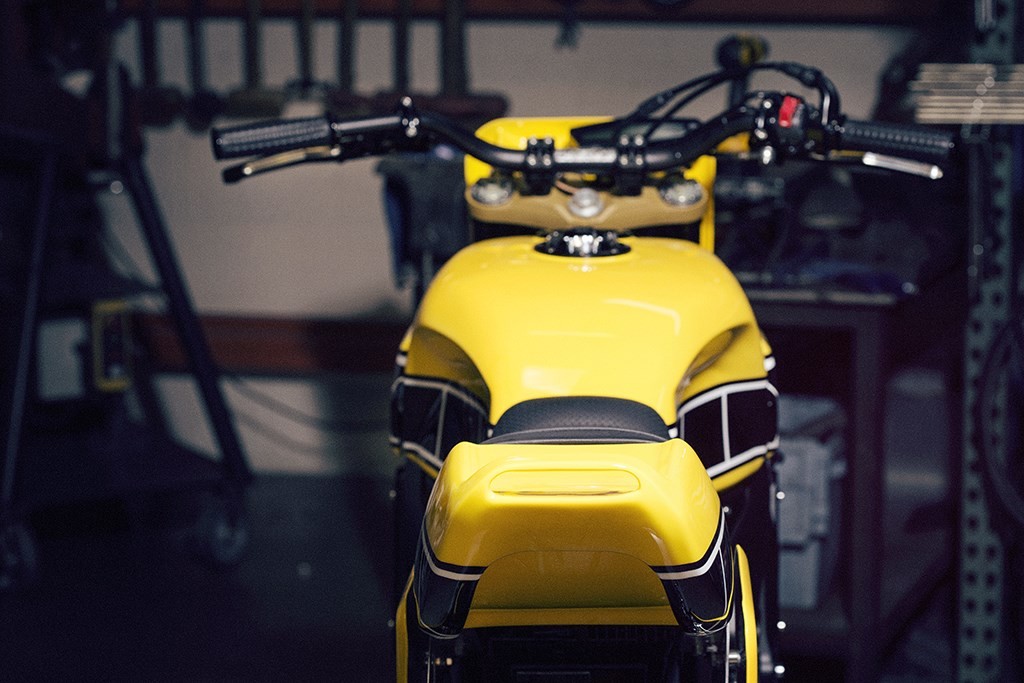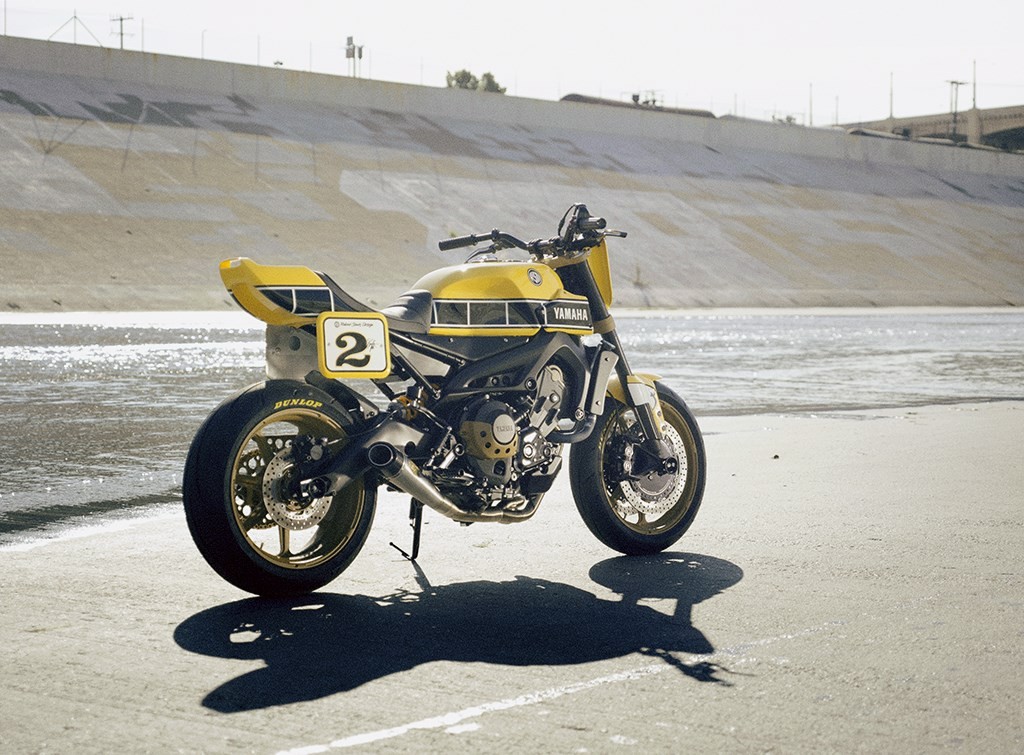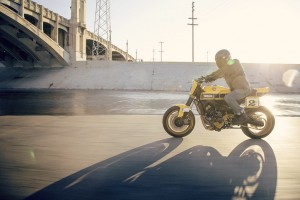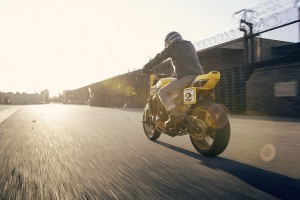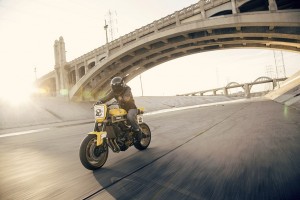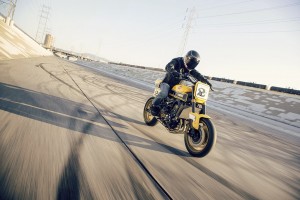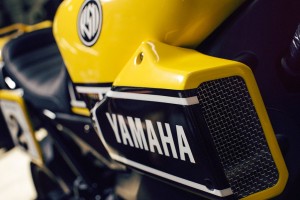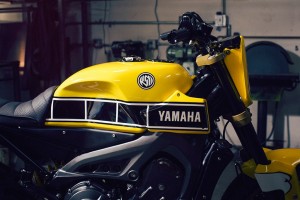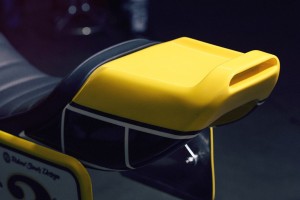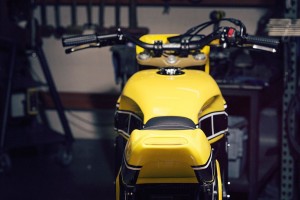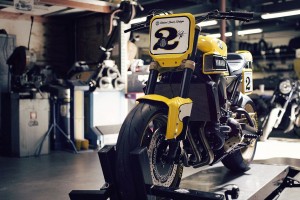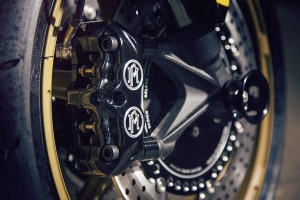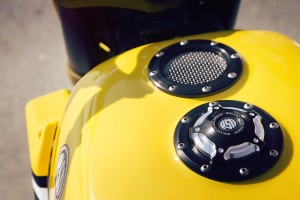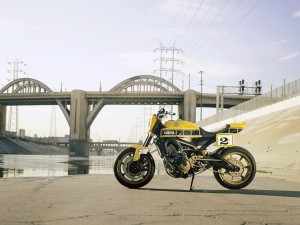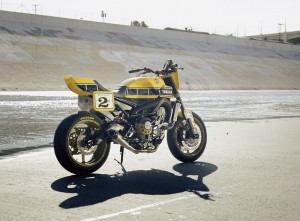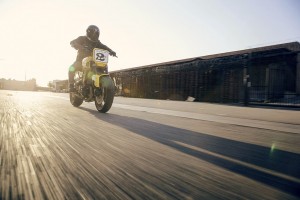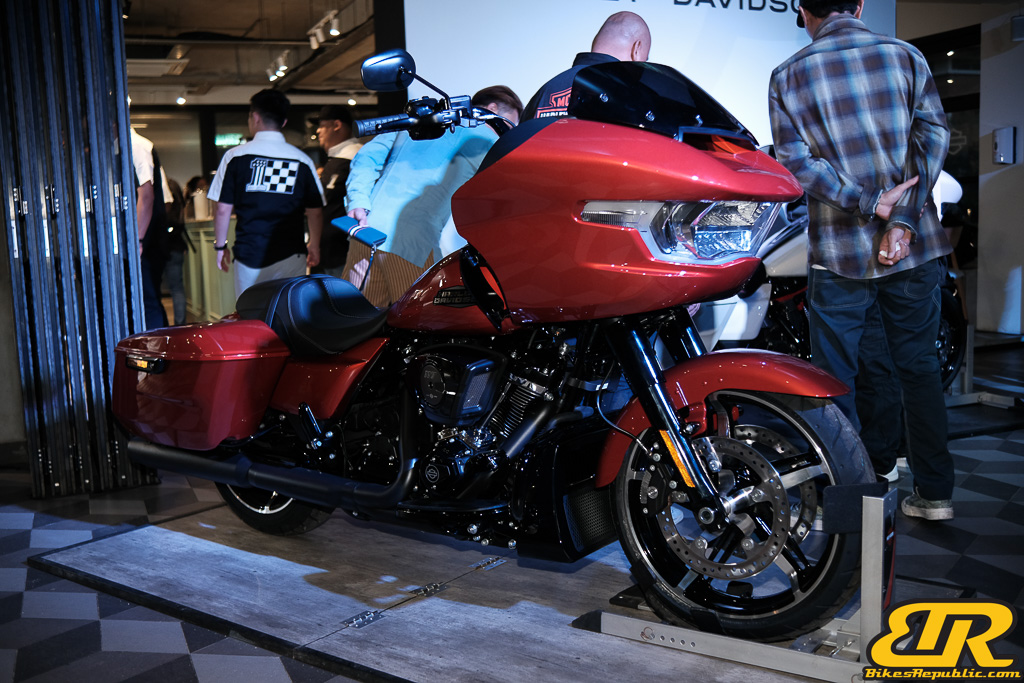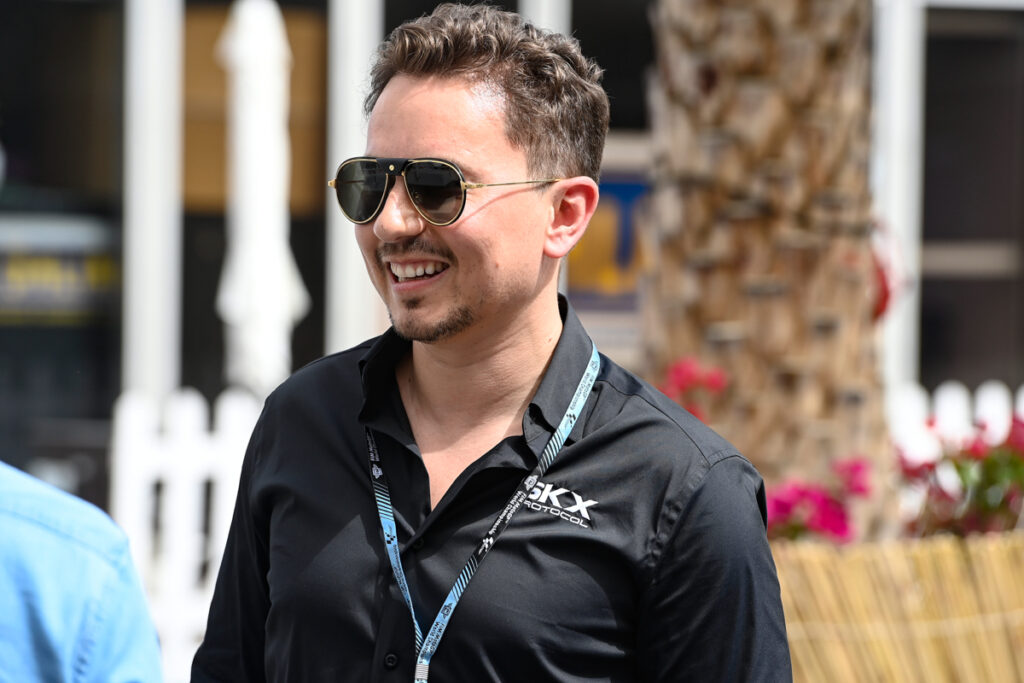
Bagi generasi baharu, nama MODENAS mungkin dianggap sebagai jaguh kampung tetapi bagi mereka yang tahu, MODENAS pernah melakar nama buat sementara waktu di arena MotoGP.
Jentera yang dicanang itu bernama Modenas KR3 – sebelum bertukar nama ke Proton KR3.
Bagaimana segalanya bermula?
Pada 1997, Kenny Roberts – bekas juara tiga kali MotoGP – meninggalkan Malboro Yamaha Racing Team selaku pengurus pasukan dan mula mengusahakan jentera sendiri, sebuah motosikal V3 (tiga silinder) yang memiliki saiz umpama sebuah jentera 250cc.
Kenny Roberts memulakan saingan di MotoGP bersama pasukan Team KR namun bergelut tatkala pasukan lain menggunakan enjin 4 silinder sebaris, Team KR menaruh harapan terhadap enjin 2 lejang 4 silinder.
Bagaimanapun, King Kenny mengekalkan keyakinan bahawa kejuruteraan yang diguna pakai mampu memberi saingan namun dia kemudiannya berdepan masalah kewangan.
Masalah tersebut membawa kepada penjodohan di antara King Kenny dan Modenas, sebuah syarikat motosikal berpangkalan di Gurun, Kedah.
Meskipun dianggap ‘mentah’ namun Modenas mampu menawarkan bantuan kewangan dan fasiliti penyelidikan menerusi seliaan Kawasaki, dua faktor yang dicari-cari King Kenny.
Enjin V3 498cc Taruhan Modenas – Team KR
Kisah dua dunia berbeza bermula, dan hasilnya gabungan ini menghasilkan enjin 2 lejang tiga silinder 498cc.
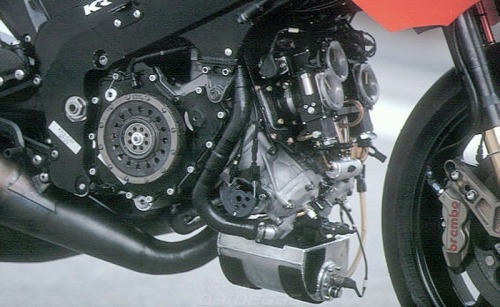
Sepelik gabungan Kenny Roberts dan Modenas, pelik lagi pilihan enjin yang digunakan. Namun dengan segala pengalaman dimiliki, Kenny yakin enjin ‘pelik’ itu mampu mencabar dominasi jentera Jepun yang mengguna pakai enjin 500cc 4 silinder.
Meskipun atas kertas enjin pasukan Modenas – Team KR dilihat kurang bisa – 160hp – Kenny turut mempertaruhkan aerodinamik dan casis yang ringan.
Kerjasama Dengan Lotus Dan TWR
Selain daripada Modenas, Team KR turut mendapat suntikan kepakaran daripada Lotus yang menawarkan bantuan casis dan Prancis Tom Walkinshaw Racing (TWR).
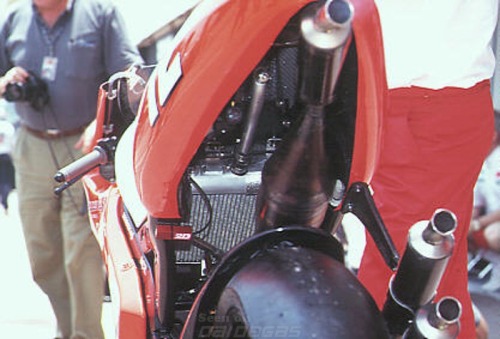
Percaya atau tidak disebabkan enjin diguna pakai adalah kecil, Modenas-Team KR berjaya menghasilkan casis yang ringan dan nipis sekaligus membawa kepada penampilan pertama di saingan MotoGP dengan dua pelumba, Kenny Robert Jr dan Jean Michel Bayle.
Modenas Undur Diri
Nasib tidak menyebelahi Modenas-Team KR apabila mereka gagal merekodkan sebarang keputusan memberangsangkan dan menjelang tahun 2000, Modenas membuat keputusan untuk undur diri.
Proton Team KR
Pada 2001, sewaktu Team KR tinggal nyawa-nyawa ikan, Proton – pengeluar kereta nasional yang tidak pernah menghasilkan sebarang kenderaan dua roda sehingga kini – ambil alih Team KR.
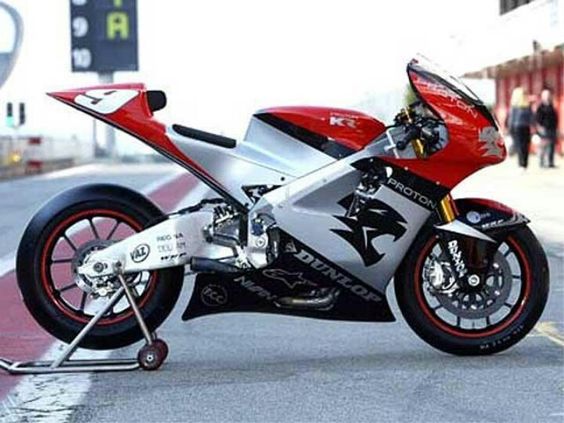
Bagaimanapun, projek KR3 hanya bertahan hingga 2002 apabila kelas premier 500cc beralih ke penggunaan jentera 1000cc 4 silinder tetapi FIM membenarkan motosikal dua lejang untuk bertanding buat kali terakhir dan Proton KR3 yang ditunggangi Jeremy McWilliams berjaya menempah petak pertama di GP Australia ketika sesi kelayakan sebelum menamatkan perlumbaan di kedudukan ke-10.
Meskipun Modenas KR3 gagal merekodkan sebarang kemenangan namun jenama motosikal nasional itu berjaya diukir dalam sejarah MotoGP.
Apa pun, diharapkan nama Modenas akan kembali menyinari sukan permotoran antarabangsa.
Modenas Tarik Nafas Baharu
Sejak meninggalkan arena MotoGP, Modenas memberikan fokus sepenuhnya terhadap pembinaan motosikal kapcai mampu milik antaranya Kriss, Dinamik, X-Cite, CT110 dan sebagainya.
Namun Modenas seakan mendapat suntikan baharu apabila kembali bangkit dengan beberapa jentera yang lebih besar antaranya Pulsar NS200, RS200 dan Dominar D400.
Meskipun dijenamakan semula daripada Bajaj namun ia sedikit sebanyak menandakan langkah baharu bagi pengeluar motosikal nasional itu.
Apatah lagi dengan pelancaran Power Store MODENAS pertama di Sunsuria Avenue, Kota Damansara baru-baru ini yang juga merupakan kedai konsep pertama seumpamanya di Asia Tenggara.
Mungkinlah ada projek yang lebih besar berlaku hasil daripada kerjasama Modenas-Bajaj ini di masa akan datang?
Tiada yang menjangkakan kerjasama Modenas dan Team KR akan membawa kepada penyertaan pertama Modenas di arena MotoGP jadi tidak hairan jika kerjasama Modenas dan Bajaj mampu membawa kepada senario yang sama impaknya.



